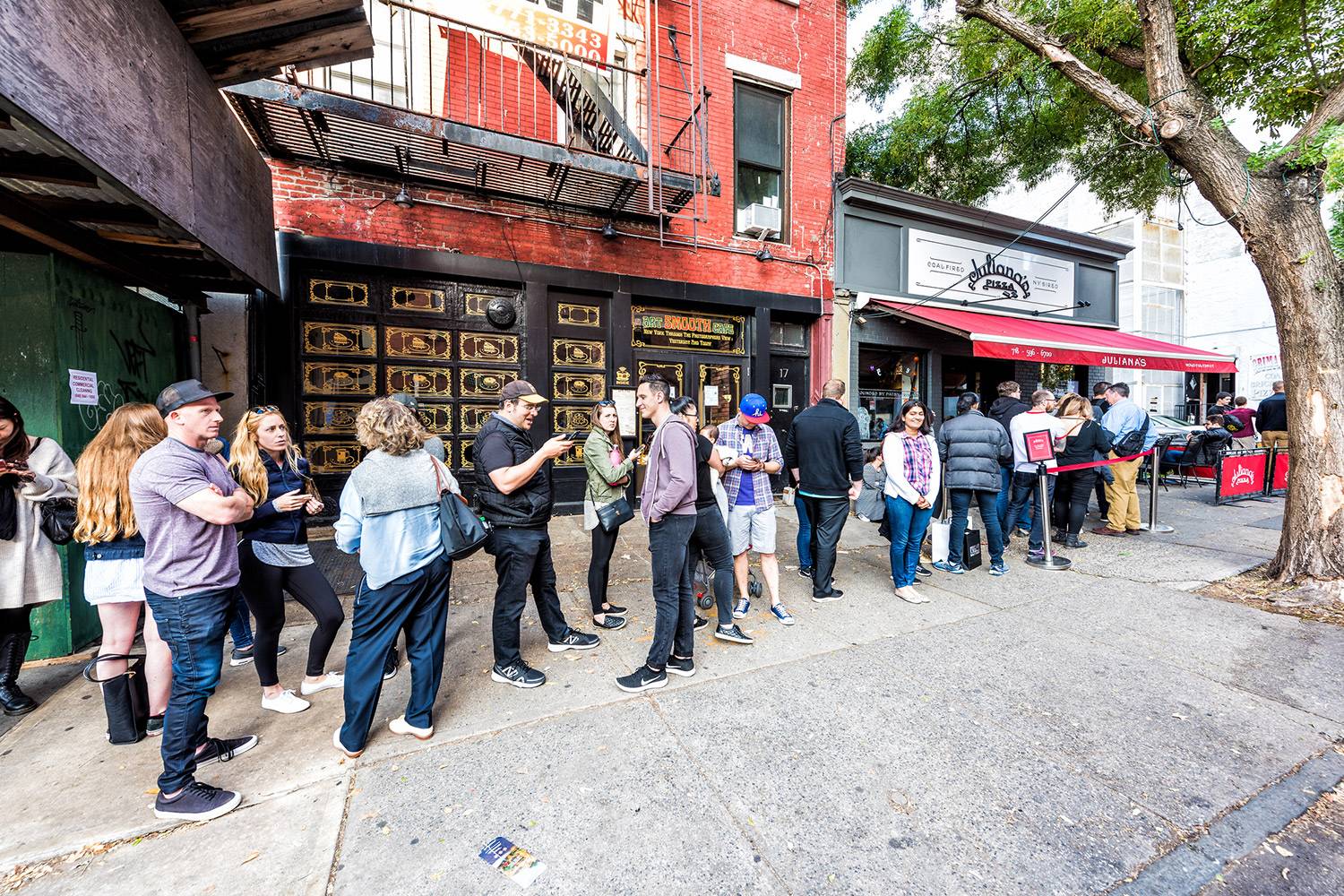Why Some Businesses Want You to Wait in Line
Nobody likes waiting in lines, but for some companies, long queues can mean higher profits.

Cronuts, a Tuck professors says, are a good example of how long lines signal quality of a product.
The cronut craze started in May of 2013. Soon after Dominique Ansel’s small bakery in SoHo began turning out its hybrid croissant-donuts, the lines to purchase them grew interminably long, sometimes reaching to one hundred sugar-starved sybarites.
A person’s willingness to spend hours waiting for a pastry could be evidence of any number of cultural, economic, and pyscho-social phenomena, but for Tuck professor Laurens Debo, a connoisseur of queuing theory, the cronut line is the result of a certain business decision that the Ansel made (perhaps unintentionally): to use the line as a form of communication about his product. “These businesses signal quality with their long lines, and at the same time they create buzz,” Debo says.
But isn’t there a way to signal quality that doesn’t require people to stand in line? In fact, there is: Price. “Higher quality means higher costs, and higher costs means higher prices,” Debo says. “So if you see a higher price, you can kind of infer that it must be higher quality.”
The only problem with using price to indicate quality is that uninformed customers can be tricked by low-quality firms into paying high prices. The solution to that problem is for high quality firms to charge so much that low quality firms would never risk imitating them.
Higher quality means higher costs, and higher costs means higher prices. So if you see a higher price, you can kind of infer that it must be higher quality.
The challenge is for firms to know when to give up signaling via price and let the queue do the work. In a new paper, “Signaling Quality Via Long Lines and Uninformative Prices,” Debo and co-authors Uday Rajan of the Ross School of Business and Senthil K. Veeraraghavan of Wharton, study when it’s most profitable for a business to use uninformative (i.e., low) prices and long lines, rather than high prices and short lines.
The co-authors analyzed separating and pooling equilibria in a queuing game they set up. Separating and pooling are the technical ways of describing situations where a high quality and a low quality firm charge different prices (separating) or the same prices (pooling). With a separating equilibrium, uniformed customers can gauge quality differentials by the price. But in a pooling equilibrium, since the prices are the same, the customer must rely on some other signal to determine quality. That other signal, in the context of this study, is the length of the queue.
Through analysis of these equilibria, the co-authors found that a firm can garner higher profits in a pooling equilibrium when the majority of customers are uninformed about the firm’s quality. In such markets, the price is low (and does not contain any information about quality), but, as the long lines signal high quality, the demand volume will be high. Hence, the firm makes a considerable profit, compared to charging a high, informative price, which will yield a low demand volume.
What kind of market has this characteristic? “Any market at the beginning of innovation,” Debo says, “or an existing market with an improved product at the beginning of the product lifecycle.” The long queue for a new product in this market will generate word-of-mouth, and more and more people will become aware of it. But as more people become informed, signaling quality via price will probably become more profitable.
So where does that leave cronuts? Well, since they are only available at one location in a city of eight million people and plenty of tourists, probably in a pretty good situation. “Our model naturally applies where there is a constant flow of uninformed consumers, such as the demand for restaurant meals, bakery items, and standby tickets for Broadway shows,” the co-authors write. In other words, prepare to pay for that cronut, or that Hamilton ticket, with your time.

